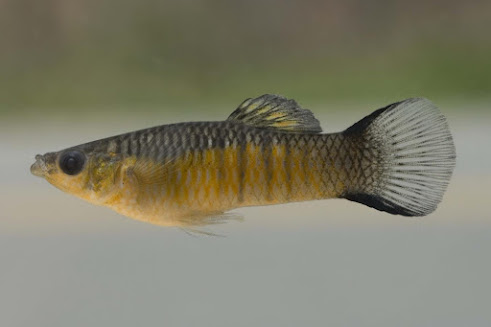About Guppy Fish Species
Guppies have been a vital element of the aquarium hobby for many generations. They originate from tropical lakes within South America and the Caribbean These fish are offered in a variety of colours, and all are captive-bred. A lot of Guppy Fish keepers may begin with only one or two fish but as a life-long carrier that has sperm storage for a long time and sperm storage, you'll soon have a tank full of fish.
Guppy Habitat and Care
Guppies are excellent for novice fish. They require little maintenance and will tolerate some rookie mistakes. It is recommended to have a large tank since guppies can be very active fish. They are at home in tanks with soft furniture and plants.
To safeguard the population from exploding and to prevent the population from exploding, it is strongly advised that females and males are kept separately in tanks. Female guppies may keep sperm for a number of spurs after separation from males. Tank dividers can be used as a temporary solution but the majority of them aren't large enough to separate fish. Two tanks separate keep any unwanted spawning at the minimum.
Guppy Diet and Feeding
Guppies are omnivores that are able to thrive on a range of foods that are available in the market. While guppies aren't as big than micropellets, granular diets are the most suitable choice since they can keep food longer than the flakes. You are free to add other supplements such as frozen meals and even vegetables, but do not add them more than two or three times each week. A full pelleted diet is the best choice for all kinds of fish.
In accordance with how warm your tank and other inhabitants of your aquarium It is possible to feed your fish at least once or twice per day. Start by feeding a small portion of food and then add more once you've done. Repeat the process for a couple of minutes and make use of this time to inspect all your fish. It is a good idea to check your meals to determine the fish are acting strangely or sick.
Gender Differences
There are some gender-specific variations that you have to learn to recognize to ensure that you keep your female and male populations distinct. Males tend to be smaller and have brighter colors. Females are brown and are rounder and larger.
On the bottom of the fish male's fin is larger and thinner, and it tapers to the point. The anal fins of females' beautiful guppy fish are huge and triangular or fan-shaped.
Breeding the Guppy
A lot of beginners begin with just a single female guppy, and then there's a whole herd. Female guppies have the capacity to store the sperm of breeders, some breeders only require one male insemination to have a baby. To avoid your system decreasing its storage capacity, it is recommended to split female and male guppies.
Guppies are viviparous. Therefore, the female can give birth to between 10-50 mobile young each the spawning. The new fry is usually eaten by species of fish that are in aquariums. Therefore, if you wish to keep the fish safe place them into a different tank for breeding or in a box.
After breeding several generations within the same breed it is possible to see individuals with congenital defects such as spines that are crooked or have a lower life duration. Inbreeding is a frequent occurrence in systems of fish that are not connected. There is the simple solution of diversification! Many hobbyists decide to trade the fish they have with another keeper or purchase new fish to keep in their aquariums once they are from quarantine.
For more information visit our website Creature Companion.




Comments
Post a Comment